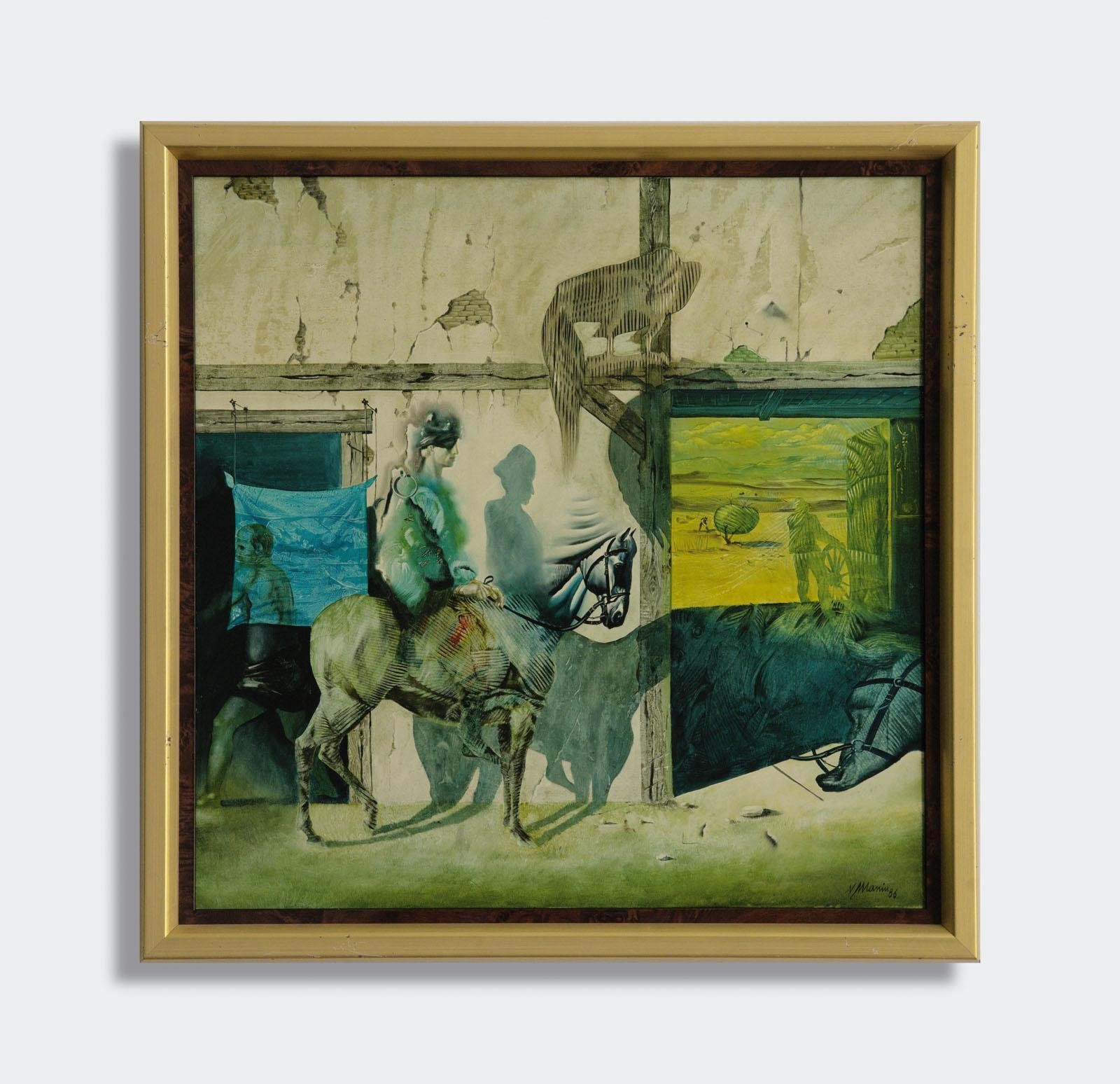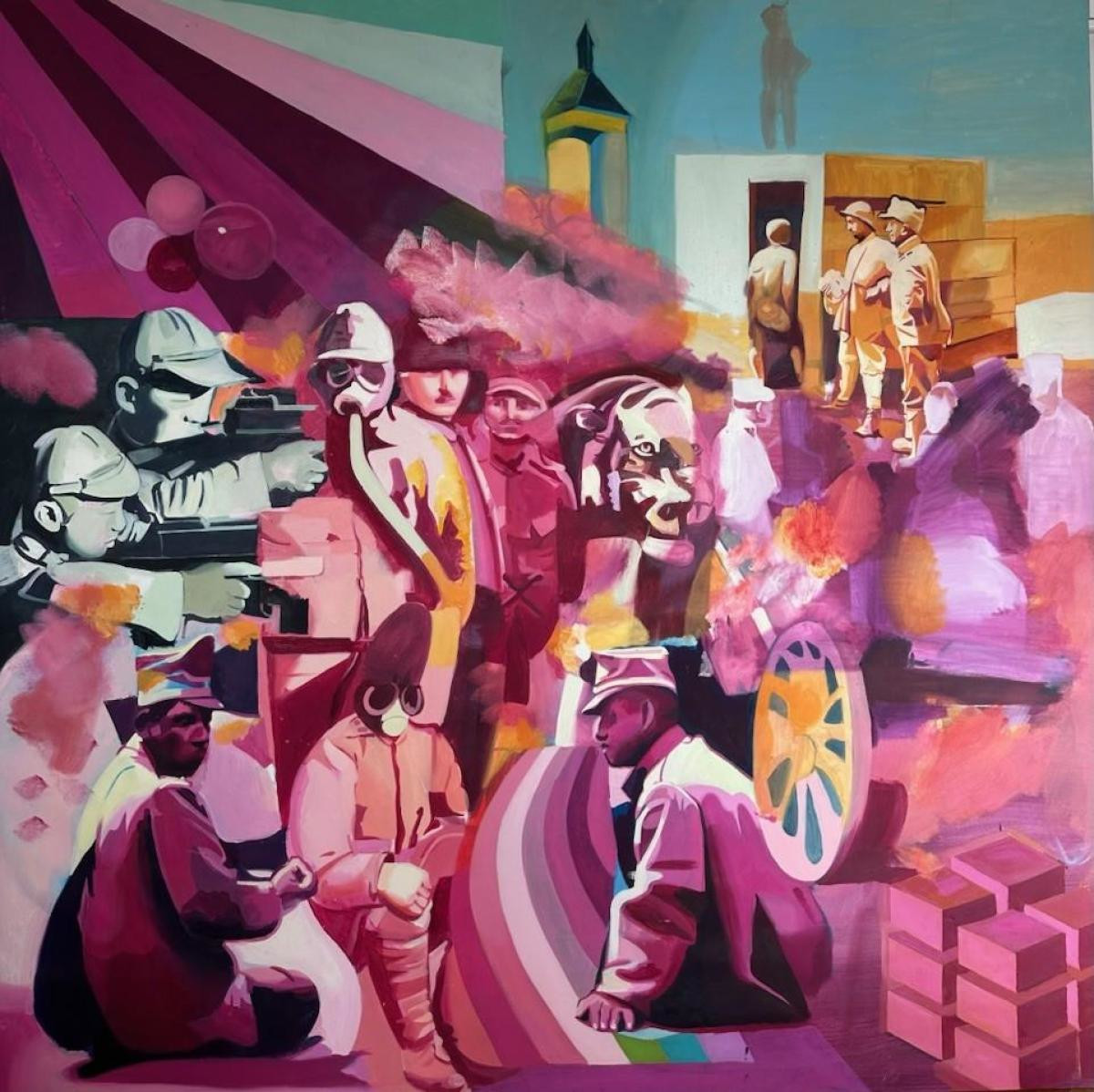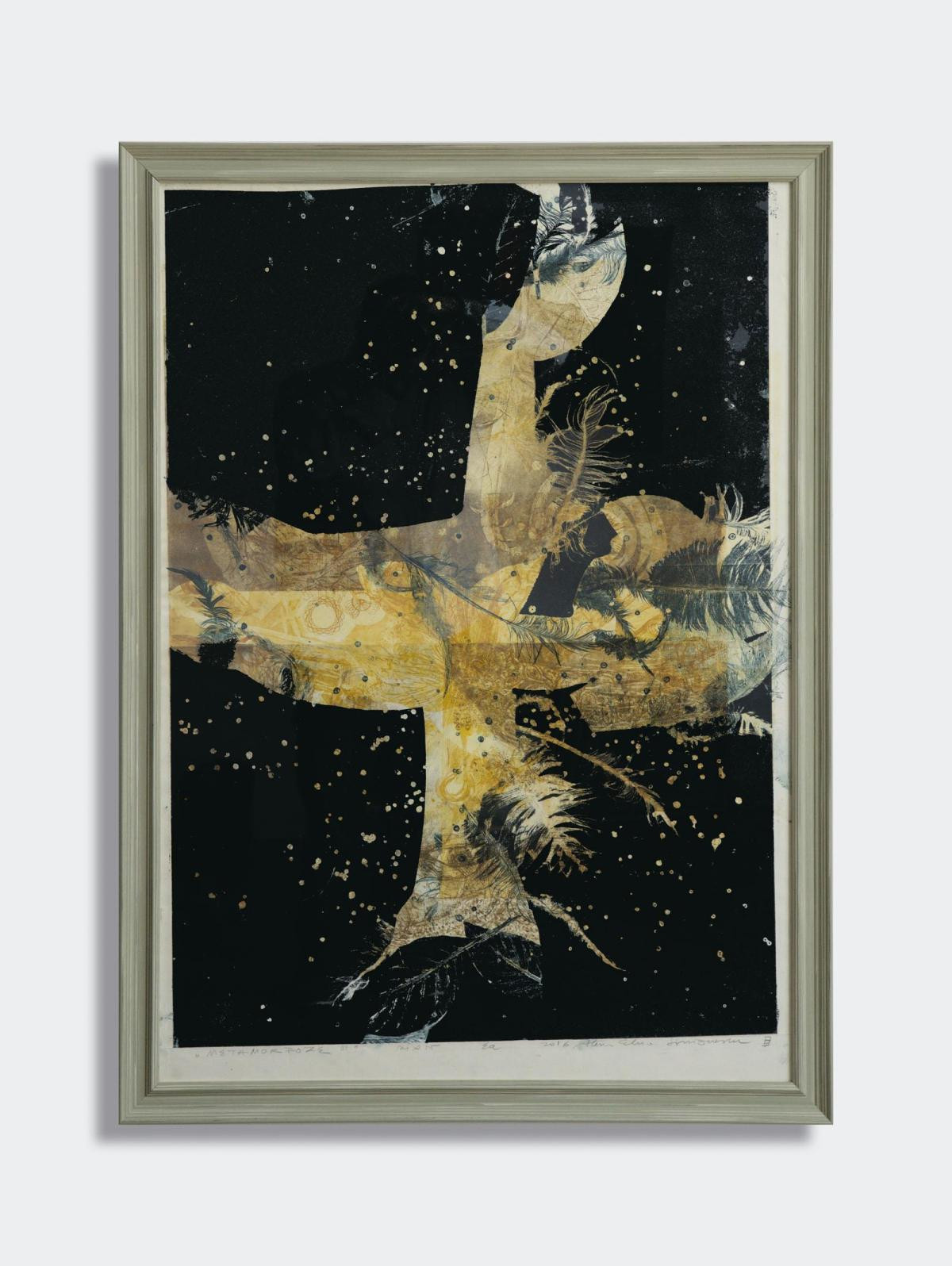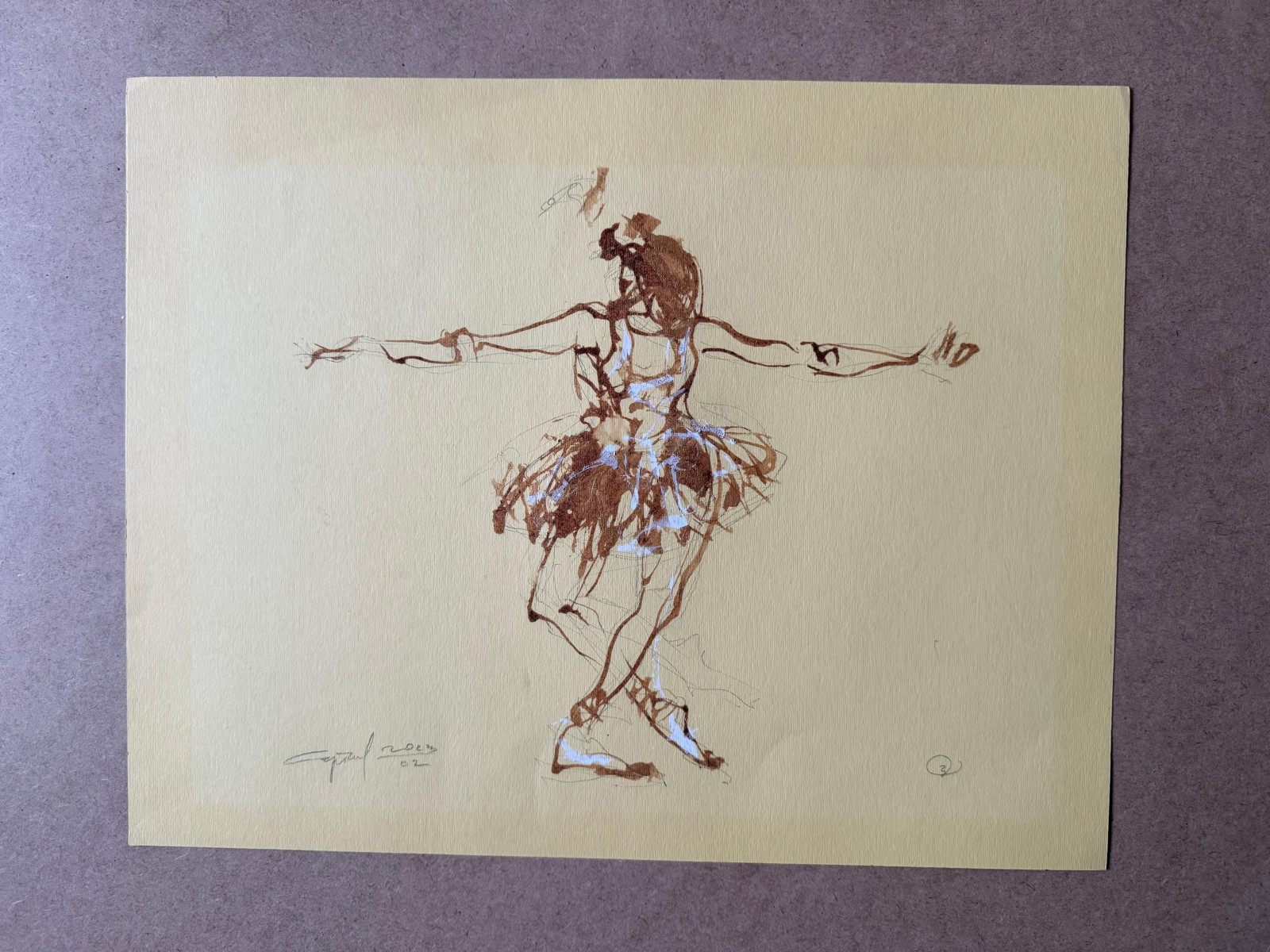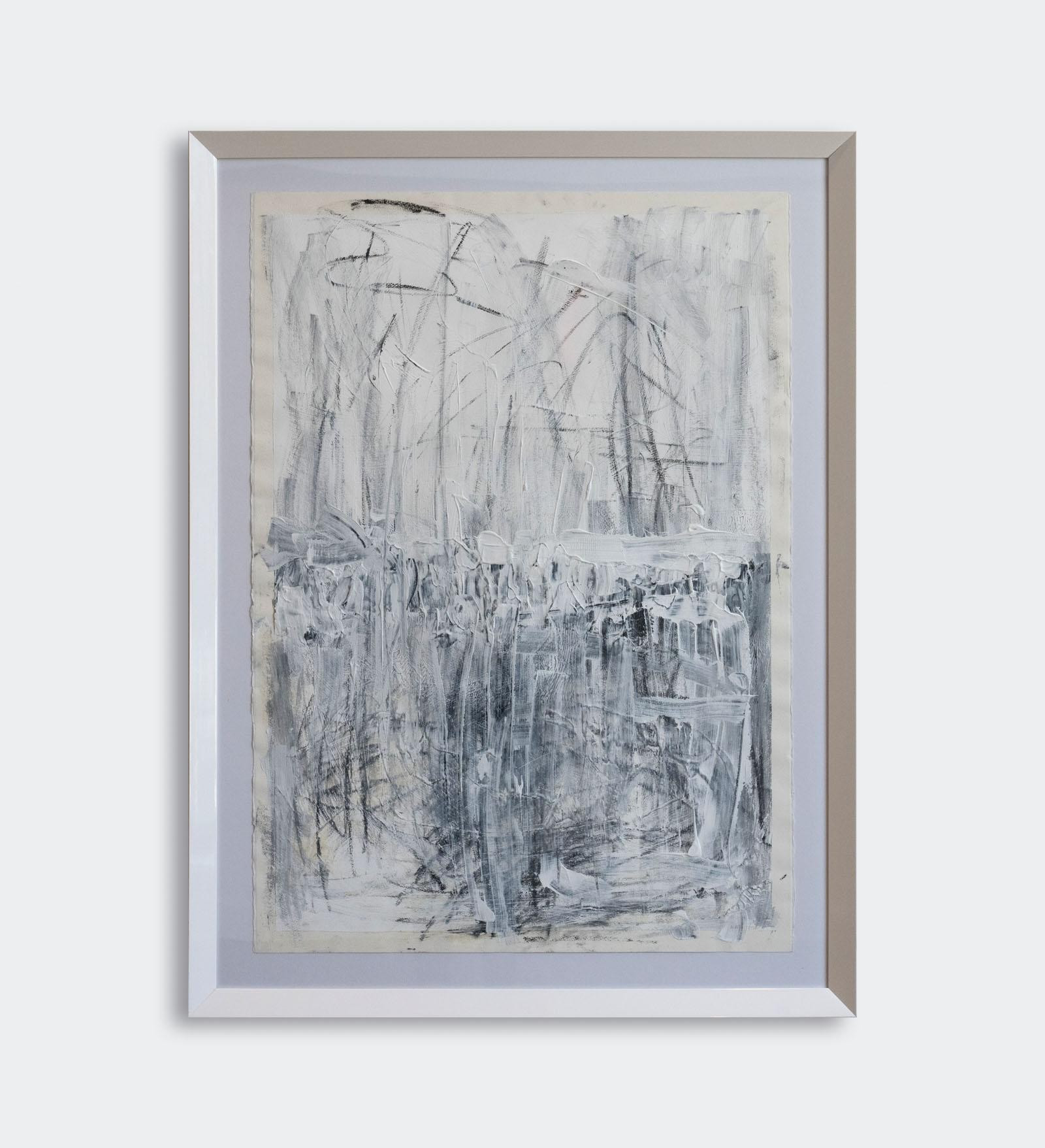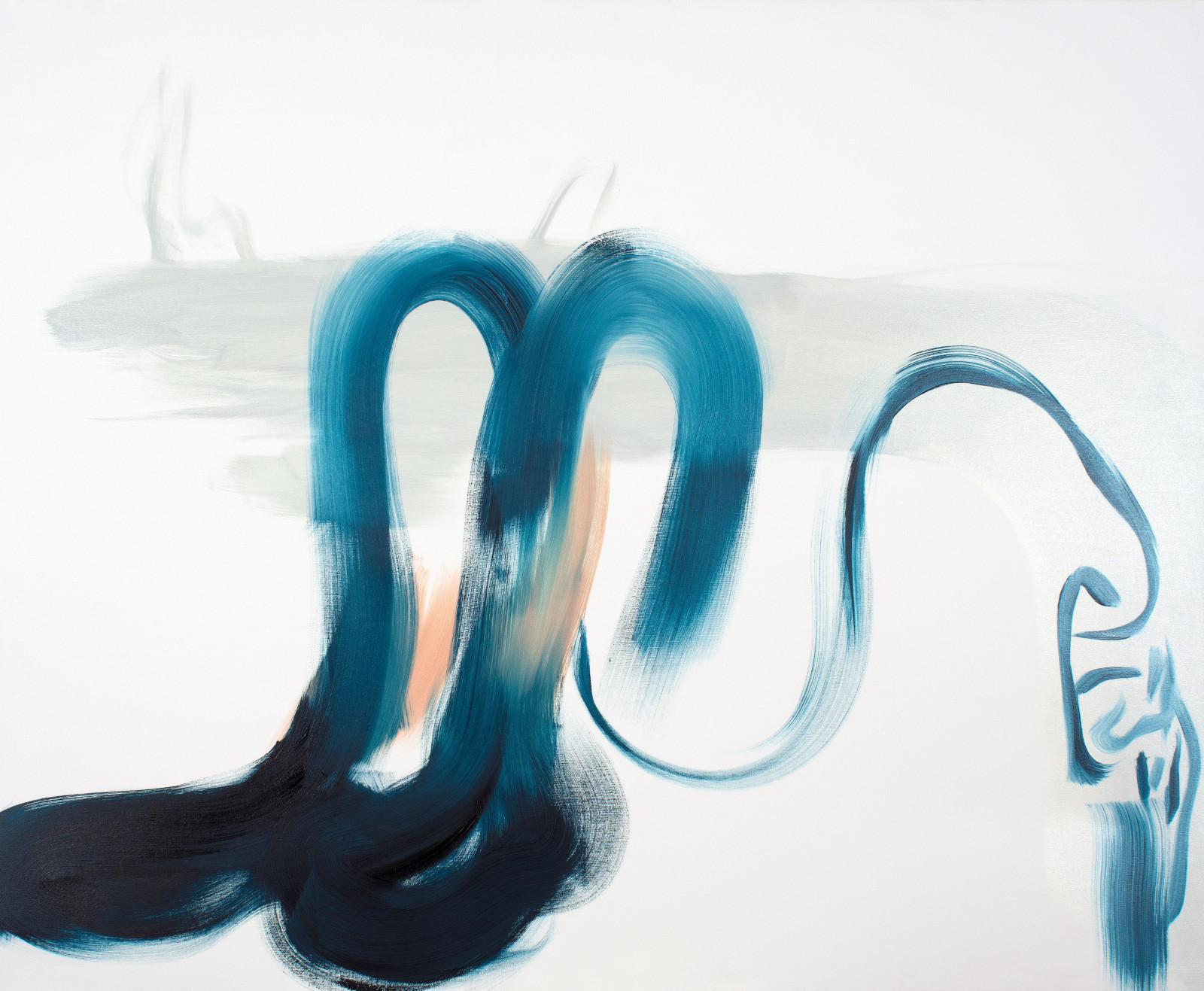
Ernest Hébert
Antoine Auguste Ernest Hébert (1817–1908) was born on November 3, 1817, in Grenoble and became one of the leading figures of 19th-century French academic painting. Although he initially studied law in Paris, his passion for art led him to the studios of sculptor David d’Angers and history painter Paul Delaroche, yet he largely remained self-taught.
In 1839, Hébert won the prestigious Prix de Rome with Joseph’s Cup in Benjamin’s Sack, which granted him the opportunity to study at the Villa Medici in Rome. There, he discovered rural Italy, a lifelong source of inspiration for his works. Among his most celebrated paintings is Mal’aria (1850–1851, Musée d’Orsay), a poignant depiction of an Italian family struck by epidemic disease.
Upon returning to France, Hébert gained recognition at the Paris Salon and became one of the most esteemed artists of the Second Empire. He was admired for his refined, sensitive portraits as well as for his scenes infused with poetic melancholy and romantic subtlety, foreshadowing the emergence of Symbolism.
His career also reached an institutional dimension when he was appointed Director of the French Academy in Rome, a position he held in two terms (1867–1872 and 1885–1890). During this time, he strengthened the Academy’s artistic and administrative role while shaping a new generation of creators.
Today, Hébert’s works can be found in prestigious collections, most notably at the Musée d’Orsay and the Musée Hébert in La Tronche. His oeuvre remains emblematic of French academic painting, balancing technical mastery with emotional depth.
For collectors, the name Ernest Hébert evokes the refinement of the 19th century, where classical tradition meets romantic sensitivity—making his works highly valued both as artistic creations and as part of France’s cultural heritage.

